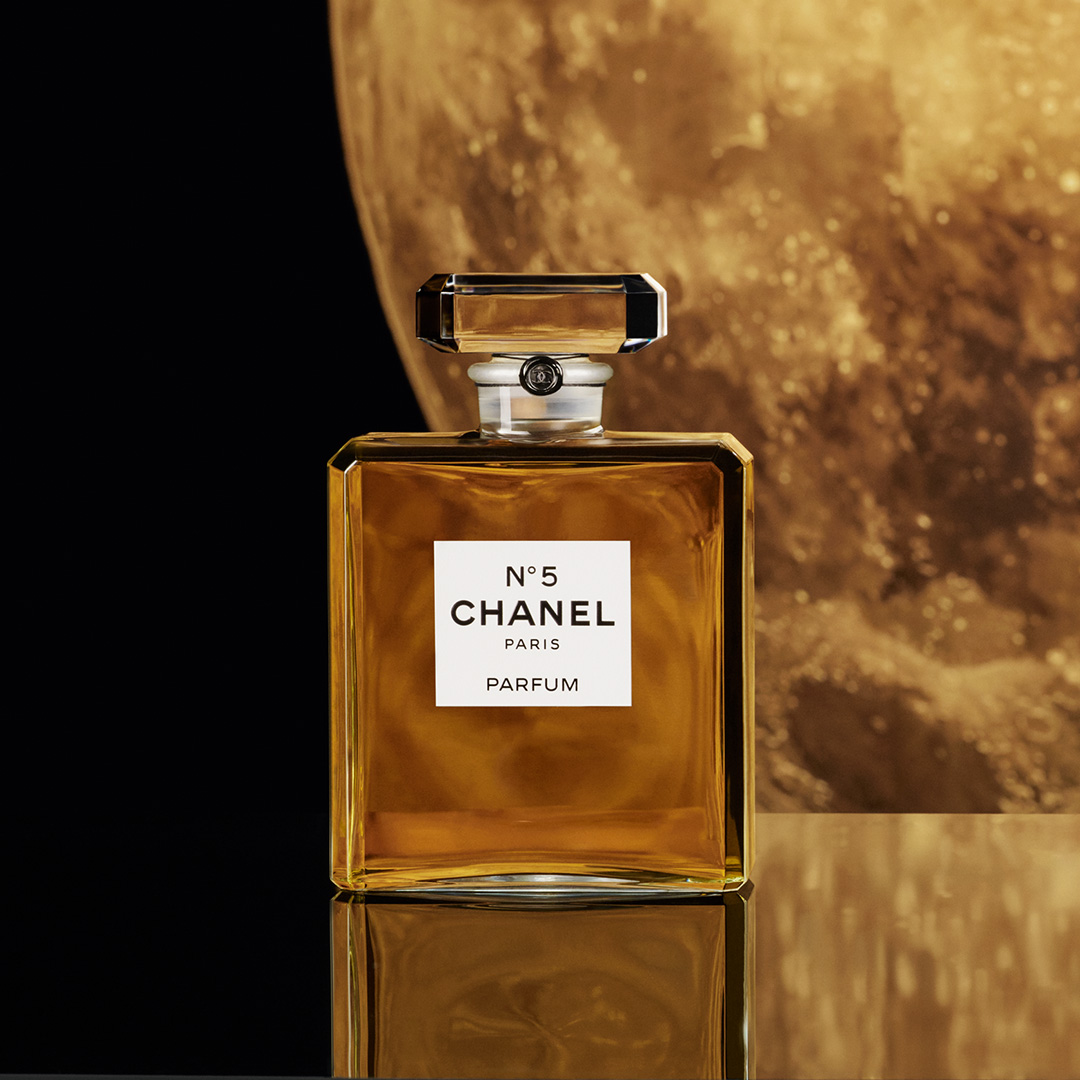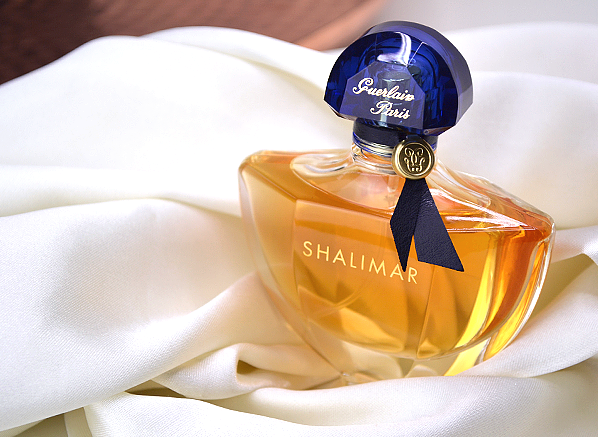How The Netherlands Became World’s First Country With No Stray Dogs on the Streets
Pets, as cherished members of our families, deserve rights and protections that ...

With a mixture of natural wonders and human artistry, perfumes have evolved from sacred offerings to expressions of luxury, elegance, and personal identity. In today’s market, perfumes are easily accessible for purchase, often just a click away. However, when perfumes were first introduced, obtaining them was not so easy.
The origin of perfume can be traced back to ancient Egypt, where it became an important part of religious rituals. The Egyptians incorporated fragrant essential oils and ointments, using them in cleansing ceremonies and festivals. The burning of incense sticks was also a distinctive feature during that era.
The use of fragrances spread rapidly to the Greeks and Romans, where perfumes became highly popular. In the Persian Empire, perfumes signified political status, but it was the Greeks who truly popularised their widespread usage.

It wasn’t until the eighteenth century when perfumes were crafted into beautifully shaped bottles and glass containers. This concept of marketing gained popularity, especially in France. Paris emerged as the epicentre of the fragrance industry, attracting manufacturers from around the world. Timeless brands like Guerlain and Lubin trace their origins back to this Parisian era. Perfumers experimented with an array of natural ingredients, blending them to create countless fragrances. Rose, jasmine, lavender, and bergamot were among the desired notes that found their way into bottles.
The Industrial Revolution brought both opportunities and challenges to the world of luxury fragrances. Advancements in technology allowed for the mass production of perfumes, making them more accessible to a wider audience. On the other hand, the demand for cost-effective solutions led to the use of synthetic ingredients that compromised the authenticity of traditional scents.
As we entered the modern era, perfumers embraced the spirit of innovation and exploration, seeking to create fragrances that would resonate with contemporary tastes. The discovery of new synthetic ingredients paved the way for unique compositions. Aldehydes, first used in Chanel No. 5, promised a new era of abstract and avant-garde scents.

Today, perfumers uncover novel ingredients and notes. The boundaries of traditional perfumery have been pushed further than ever before, resulting in fragrances that challenge conventional norms.
Oudh: Derived from the resinous wood of the Agar tree, oudh has become a sought-after note, adding an air of exoticism and luxury to modern fragrances.
Gourmand Notes: Inspired by culinary delights, gourmand notes such as vanilla, caramel, and cocoa have found their way into fragrances, evoking comforting memories.
Marine Accords: Capturing the essence of the ocean, marine accords infuse fragrances with a refreshing and invigorating quality, perfect for those seeking a sense of adventure.
Green and Mossy: Notes such as oakmoss and vetiver, traditionally used as base notes, have taken centrestage in some contemporary fragrances, bringing forth the essence of nature and a touch of nostalgia.
Solar and Mineral: A departure from traditional floral and fruity notes, solar and mineral accords will remind you of the warmth of the sun and the coolness of stones, offering a novel aromatic experience.
Innovation and creativity have been at the heart of this transformative journey of perfumery. From ancient rituals to modern-day masterpieces, perfumery continues to surprise our senses with special notes that elevate the art of fragrance. As the industry moves forward, we eagerly anticipate the scents yet to be discovered.
Throughout history, several iconic and widely acclaimed perfumes have left a lasting impact on the fragrance industry. Here are some of the most celebrated and influential perfumes that have stood the test of time:








These perfumes are renowned for their artistry, longevity, and cultural impact, making them some of the most beloved fragrances.Today, the market is more diverse than ever, with countless luxury brands and niche perfumers offering unique scents to cater to every individual’s taste. Advancements in technology and the use of both natural and synthetic ingredients have further expanded the possibilities for fragrance creation. Moreover, social media and online platforms have also revolutionised the way perfumes are marketed and sold, making them readily accessible to consumers around the globe. As we step into the future, the allure remains as strong as ever.
Pets, as cherished members of our families, deserve rights and protections that ...
These top 5 barber shops in Bangkok are where gentlemen can elevate ...
Sailorr and Molly Santana’s black grills fuse hip-hop swagger with homage to ...
Wandering around the globe, try out the signature tastes of cultures across ...
Once punk was a middle finger to the establishment, with Vivienne Westwood ...
You’ve seen their art, but do you know the pain behind it? ...
Wee use cookies to deliver your best experience on our website. By using our website, you consent to our cookies in accordance with our cookies policy and privacy policy